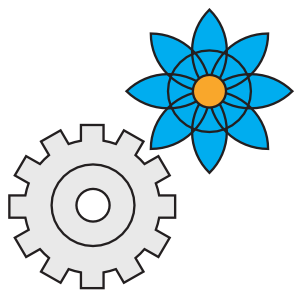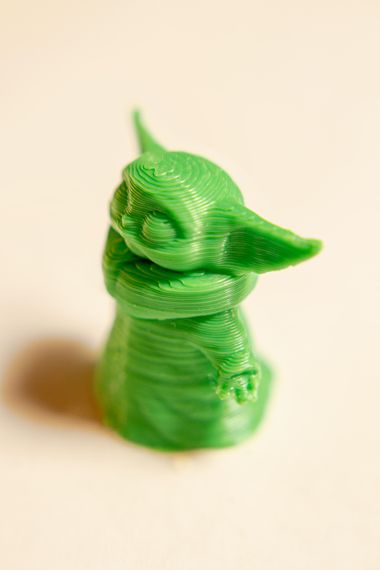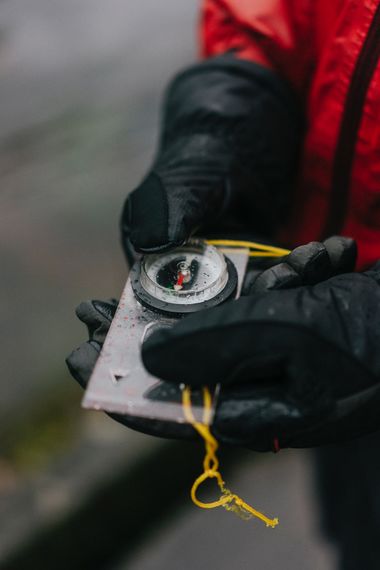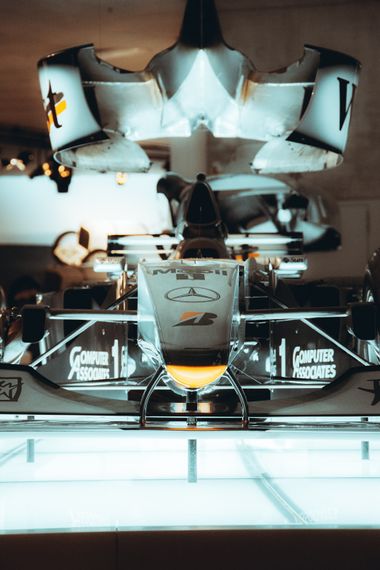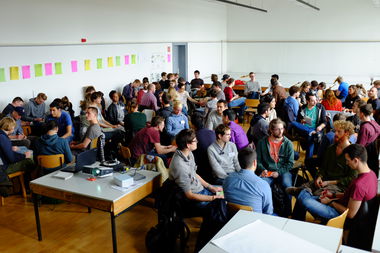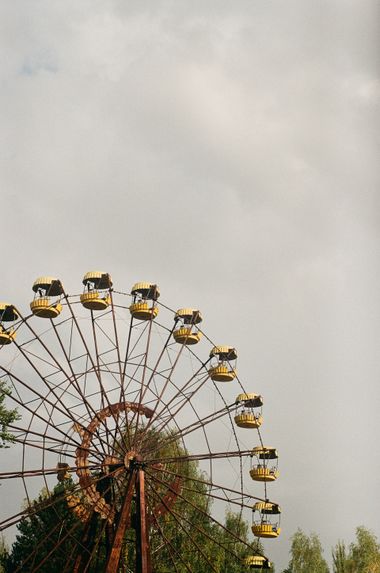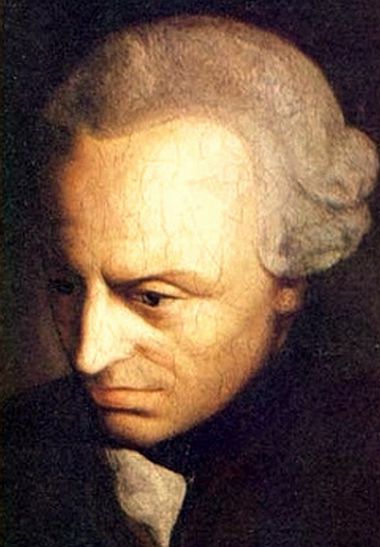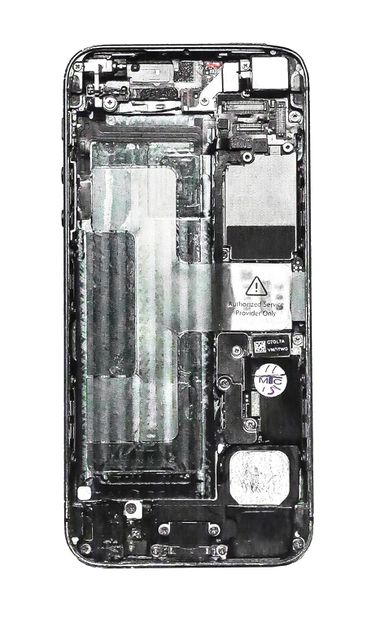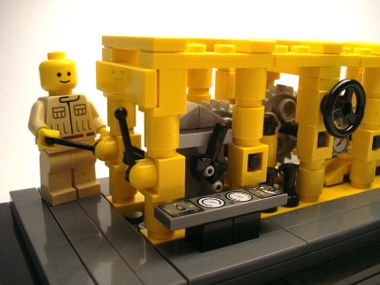Baukasten:EN:Digital-Starter-Kit: Unterschied zwischen den Versionen
(→Schedule for one Semester) |
(→Schedule for one Semester) |
||
| Zeile 80: | Zeile 80: | ||
* [[Baukasten:4-in-1_Perspective_-_Frigga_Haug_-_digital|4-in-1 Perspective - Frigga Haug - digital]] | * [[Baukasten:4-in-1_Perspective_-_Frigga_Haug_-_digital|4-in-1 Perspective - Frigga Haug - digital]] | ||
* [[Baukasten:Gender_within_Motorsports_-_Digital|Gender within Motorsports - digital]] | * [[Baukasten:Gender_within_Motorsports_-_Digital|Gender within Motorsports - digital]] | ||
| + | |||
'''10 > 12 - Session - Semester Projects - conducted by participants''' | '''10 > 12 - Session - Semester Projects - conducted by participants''' | ||
Version vom 27. Januar 2021, 14:56 Uhr
Overview - digital starter kit
What is the goal of the Blue Engineering Seminar?
The interdisciplinary Blue Engineering Seminar offers a view beyond one’s own horizon and an (inter-)active examination of one’s social and ecological responsibility. In this way, students add to their specialized knowledge an orientation knowledge and acquire competencies that help them to know their role in relation to technology and society and to shape it together with others.
How is the seminar structured and conducted?
Interesting, creative, interdisciplinary, sometimes heated but always in a good working atmosphere. Even in the digital format, Blue Engineering does not offer frontal teaching, but a methodically and thematically diverse seminar, which is largely co-designed by the participants.
What are building blocks?
Building blocks are the core element of the student-driven Blue Engineering seminar. These units, which are well documented in terms of content and didactics, shift both the learning as well as the teaching process within a seminar to the participants - to the greatest extent possible! In this sense, the one’s conducting the seminar do not have to be experts, but they act as facilitators who guide the complex teaching/learning process of the participants
How is the Blue Engineering Seminar structured?
The Blue Engineering Seminar consists of three main phases:
- Tutors conduct six fixed basic building blocks in order to convey to the participants the way of working as well as the general content and didactic claim of the seminar.
- Participants carry out existing modules in small groups for their fellow students and thus learn how to design a demanding teaching/learning unit.
- The small groups develop their own module over the entire semester, which they then implement for their fellow students and comprehensively document for further use. For quality assurance, they receive feedback from fellow students and tutors several times.
How is the performance of the participants assessed?
Participants will take a portfolio exam consisting of two partial exams, each worth 50 points:
- Keeping a learning journal as individual work.
- Development, conduction and presentation of a newly developed building glock as a semester project done in a small group.
Who participates in the seminar?
(Prospective) engineers who want to think outside the box. Students of architecture, planning, social sciences and humanities with an interest in technology, society and responsibility can participate without any problems, as in-depth technical knowledge is not necessary.
By whom is the seminar offered?
By anyone who wants to incorporate social and environmental responsibility topics into university teaching using a variety of methods. With the digital starter kit you can start immediately. The seminar is implemented already at 9 universities in Germany where the seminar is largely conducted by tutors. Only in the back, a university lecturer is responsible and supports the tutors.
Where and how is the Blue Engineering Seminar already offered?
The modular seminar is already offered at 9 universities in the elective area of several study programs with about 5 to 6 credit points and for about 25 to 100 participants. So far, more than 2,000 students have participated at TU Berlin, TU Dresden, TU Hamburg, Uni Stuttgart, HAW Berlin, HTW Berlin, TH Köln, HS Ruhr West and HS Düsseldorf.
How can I offer a seminar at my university?
The Blue Engineering Seminar is completely modular, so that it can be adapted to the respective conditions without further ado. The digital starter kit provides the essential basic building blocks for a digital Blue Engineering Seminar, so that an own seminar can be offered directly tomorrow. In addition to the building blocks, only a common learning management system and a video conferencing system are required.
What support do I get if I want to offer a seminar?
The responsible persons at the existing universities already cooperate intensively with each other. If you would like to start a seminar, you will receive intensive support - if desired - so that you can profit from the experience knowledge that we have acquired over the past years.
How was the seminar transferred to digital? What experiences were made in the process?
Blue Engineering already has a solid foundation of analog basic building blocks that cover many relevant content and methodological aspects. Building on these analog basic building blocks, the digital building blocks were developed. They kept the same content and methodological orientation - however the design was completely revised and adapted to digital video conferencing.
A digital blue engineering seminar is offered via video conference at all 9 universities. The responsible persons are in regular exchange with each other and their experiences so far show that the digital space can be designed in such a way that the participants can strongly interact and exchange with each other. The participants tell us that the Blue Engineering Seminar saves them the digital semester because they don't just sit in front of a computer, but come into direct contact with people.
Schedule for one Semester
1 - Session - Introduction - conducted by tutors
- Introduction Session
- 100 Points - Factors of Technology Design - digital - in a shortened version
2 - Session -Plastics and Bisphenol A - conducted by tutors
3 - Technology Assessment and Finding of Topics/Groups for the Semester Project
- 25 Questions by Max Frisch - digital - in a shortened version
- Technology Assessment - digital - in a shortened version
- Finding of Topics and Groups for the Semester Project
4 - Session - The Productivity Worldview - conducted by tutors
5 - Session - Responsibility and Ethical Codes - conducted by tutors
6 > 8 - Session - First Round of Semester Projects or Existing Building Blocks - conducted by participants
- First Round of Semester Projects
- 3D-Printing - Regulations for Today and Tomorrow
- Algorithmic Bias – Life with Artificial Intelligence – digital
- Fast Fashion - beyond its environmental impact - digital
- Nuclear Power in Pop Culture - digital
- The Dilemma of Environmental Democracy - digital
9 - Session - One Existing Building Block - conducted by tutors
10 > 12 - Session - Semester Projects - conducted by participants
13 - Session - Wrap-Up, Closing and Market of Possibilities - conducted by tutors
- Learning Journal - Final Submission
- Wrap-Up, Closing and Market of Possibilities
Digital Building Blocks in English
100 Points Factors of Technology Design - digital
There are numerous and frequently conflicting demands on technology which are rarely pointed out clearly. As they are determined by habit, tradition and cultural customs the design process of technology is confusing and hard to understand. Often it is not even possible to tell who is promoting which demands for technological devices, processes and systems.
Participants come up with a set of values for technology design. Then they weigh them by distributing 100 points among their values. In this way, implicit demands are revealed. The participants become aware of their personal prioritisation regarding criteria for technology design and the conflicts that may arise between their personal demands and those of others.
25 Questions by Max Frisch - digital
In 1987, Max Frisch was awarded an honorary doctorate by the Technische Universität Berlin. Instead of a classic acceptance speech, he asked 25 questions. Max Frisch's questions are not intended to send the University in search of their answers. Instead, he wanted to use his questions to encourage a joint reflection and discussion within the university.
As a preparation, the participants ask themselves 5 questions each day of the week in individual work and write them in their learning journal. In the presence phase the participants exchange their questions in groups of four, possibly coming up with new ones, selecting particularly good questions and linking the questions to each other. Afterwards they read Max Frisch's questions and discuss them.
3D-Printing - Regulations for Today and Tomorrow
3D-printing makes prototyping at home possible. Furthermore, the technology is seen as having great potential, for example in the open source, decentralised creation of items tailored to local needs. But there are downsides to the glory. Since the accuracy and durability of printed objects improves rapidly, this technology can be used to produce harmful products such as weapons by the means of a conventional 3D-printer. The emergence of home-made firearms raises the need for effective regulations to prevent the printing of such items.
To begin with the participants discuss and reflect on the fundamental struggle between regulation and freedom in breakout sessions. In a second breakout session the participants adopt the role of either a government official, a private sector executive or a consumer. In this roleplay they simulate a round table discussion where the different parties come together and discuss why a collaboration with the other partys is beneficial to an effective outcome. The building block ends by collectively brainstorming values for possible regulations via a live word cloud visualization.
4-in-1 Perspective - Frigga Haug - digital
Frigga Haug's 4-in-1 perspective describes four forms of work people do: 1) production work, 2) reproduction/care work, 3) cultural work/own development and 4) political work. This distinction of human activities makes it possible to analyse how activities are distributed among different groups of people and how some groups are excluded from activities altogether.
The participants show in a quiz about the 4-in-1-perspective, how they understood Frigga Haug. They also select a group they can identify with and analyse what the 4-in-1-perspectives means to this group as a realistic political action. They do the same with a group they cannot identify. During seminar there is enough time for group discussions so they can share their results. They also identify what the 4-in-1-perspective means to them personally and define an action as group-follow-up to get a step further to the 4-in-1-Balance.
Algorithmic Bias – Life with Artificial Intelligence – digital
Participants understand the different use cases of artificial intelligence in their daily life, which can be unexpected in some cases. Also they get a brief idea of how artificial intelligence systems work and that they are able to fail. This building block gives different examples of AI being subjective and discriminating. AI very much depends on the people setting it up as well as the training data provided and so it remains biased in many cases. In the follow-up tasks examples are given to handle the difficulties programming AI.
The building block includes a theoretical part for preparation, to ensure that participants have a basic understanding of artificial intelligence. After that, participants will discuss the consequences and problems of AI usage. Finally, they will brainstorm ideas on how these problems can be prevented and how society and individuals should deal with them.
Bisphenol A and Plastics - Allow or Ban - Digital
Bisphenol A is a central component of many types of plastic. For example in the lining of food cans it increases the storage life of foods. It was originally developed as a substitute for estrogen, but did not show the desired effect. Anyway, Bisphenol A has been the subject of controversial scientific studies, social debates and political decisions due to its hormonal effect.
In a small role play the participants adopt the position of representatives from industry, science, a citizens' initiative and decision makers. Starting from the same references, they develop their role's position and represent it in an acted TV talk show. On the basis of this debate, the decision makers determine how bisphenol A will be handled in the future. Finally, the debate and the decision-making process are reflected upon together.
Fast Fashion - beyond its environmental impact - digital
The (fast) fashion industry expanded extremely over the past years which lead to a faster cycle of production and new pieces every week. The demand for new clothes is high and many of them are thrown away after a short period of time or even without being worn once. That causes negative impacts on environmental and social aspects due to points like a massive water consumption, the pollution of landfills, underpaid labor or an insane release of carbon dioxide and further greenhouse gases.
In small groups the participants reflect on their own consumption behavior regarding fashion and what they think of it. In order to get deeper into the topic, the facilitators do a presentation combined with questions for the participants to provide some knowledge. On the basis of the facts, the participants are using the Blue Engineering toolbox to analyze and reflect on the problems of fast fashion.
Gender within Motorsports - Digital
Introduction - digital
After the introduction the participants individually create a mindmap on the topic of responsibility. This is then discussed in small groups. During additional interactive work phases in rotating groups, all students are requested to engage and get to know each other. In the follow-up participants contribute their own ideas to the seminar even further. This is done by photographing and introducing themselves with a personal topic.
At TU Berlin the introductory session is a 90-minute unit. It is combined with the following building block: "100 Points – Demands on Technology Design". More detailed information can be found in the notes.
Learning Journal - digital
Nuclear Power in Pop Culture - digital
Given the relevance of the debate about nuclear energy today, it is worthwhile to consider how the media, movies, tv shows and even video games have shaped personal opinions on nuclear power. The framework of thinking that is introduced in this building block can hopefully be transferred to many other topics that suffer from the same plight of being defined by pop culture rather than scientific facts research.
The building block places a particular emphasis on how pop culture shaped participants' opinions about nuclear energy. By completing this building block, participants should be to see if and how pop culture influenced them. The scope of this building block includes the definition of pop culture, the psychology of fears, and personal reflection on what pop culture interaction shaped participants' opinions.
The participants prepare the building block by reading/viewing some background material and participating in polls. During the building block itself, participants will see the results of the polls juxtaposed with actual empirical data from various studies and statistics extrapolated from studies. Before delving into a discussion about how pop culture shaped their opinion of nuclear power, participants will partake in a quiz that is designed to prime them to consider different perspectives on nuclear power represented in pop culture.
Responsbility and Ethical Codes - digital
Technology is not ethically neutral, neither is the engineering profession. Engineers' work is often highly fragmented, with individual engineers specializing in specific fields. This leads to an alienation from the overall project which makes it easy to lose an understanding of the big picture. However, an overarching view is important for responsible action. If a conflict of responsibility is identified, a supportive network of colleagues is usually helpful to solve it.
In preparation for the session, participants develop a general understanding of the concept of responsibility and deal with the specific responsibility of engineers. To do so they read a text and a case study about a real life conflict of responsibility. The case studies are examples of moral conflicts some engineers have faced in the past. Afterwards the participants describe a situation where they have experienced a conflict of responsibility themselves. This creates a personal connection to the topic. During the session the participants discuss the case studies in two separate phases. There is plenty of time for intense exchange. As a follow-up, the students choose and read an Engineers’ Code of Ethics, reflect on it and apply it to the discussed case studies.
Semester Projects - digital
Technology Assessment - digital
In this building block the participants work out 10 opposite pairs for an assessment of technology. These pairs are based on values that are most important to the participants. The opposite pairs illustrate where a technology ranks on the scale between convivial and non-convivial. For this, the participants first individually prepare opposite pairs using the TINS-D constellation. Working in groups, they exchange their results and decide on 10 pairs of opposites together. In the follow-up they use the pairs to evaluate a self-chosen technology.
The term "convivial technology" means life-friendly technology and was originally coined by Ivan Illich. The concept seeks to highlight the social and ecological effects of technology. Its focus is placed on technology's ambivalence as technology has positive and negative effects which must be further analysed with technology assessment.
The Dilemma of environmental democracy - digital
First, the participants get to know general information on the concept of environmental democracy, pointing to international organizations such as the World Resource Institute (WRI) and Center for International Environmental Law (CIEL), which works to ensure that communities have the right and ability to influence decisions about their future. Then the main points of environmental democracy are presented, these are the ability for people to freely access information on environmental matters, meaningfully participation in decision-making and enforcement of environmental laws or compensation for damages.
In the first part of the session, participants will discuss in small groups a current situation that is happening around the world and analyze it with the concept of environmental democracy. Then, the facilitators will present the connections of the theme with the Cake for Simultaneously Eating and Keeping and present some questions and matters that should be discussed again in small groups.
The Productivity Worldview - digital
The text is divided into three sections. Section A is a description of the problem referring to the aspects: Destruction of the world, Justice and Happiness. Section B identifies a number of causes for the above-mentioned problems, including for example the fossil-driven devastation, the conditioning to industrial labor and the production of needs. Section C gives selected keywords for a more sustainable way of life: recovering politics, deceleration and a solidarity-based economy for example.
This building block is structured in the same way as Ullrich’s text. In the first part the participants recall part A (“Description of the Problem”). They create a TINS-D-Diagram together in a moderated group discussion. Secondly, the participants analyse individual “Reasons for the Undesirable Development” mentioned in part B. This is done by creating a small essay in groups of six and identifying keywords from the text. In the end there is time for diverse discussions on “Keywords for a Sustainable Production and lifestyle” (Part C). The participants reflect upon their role as engineers in the productivity world view and a socio-ecological transformation.
